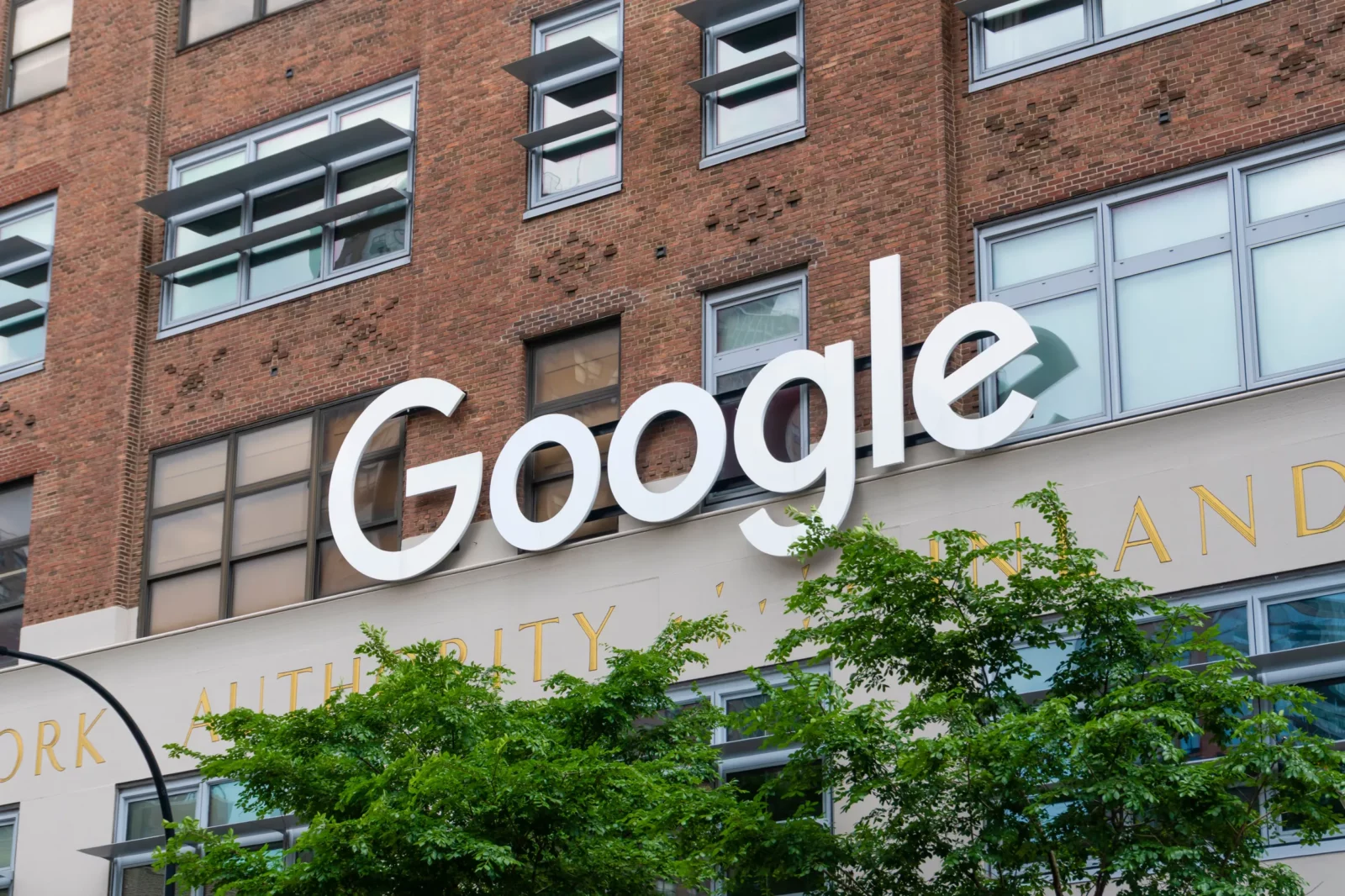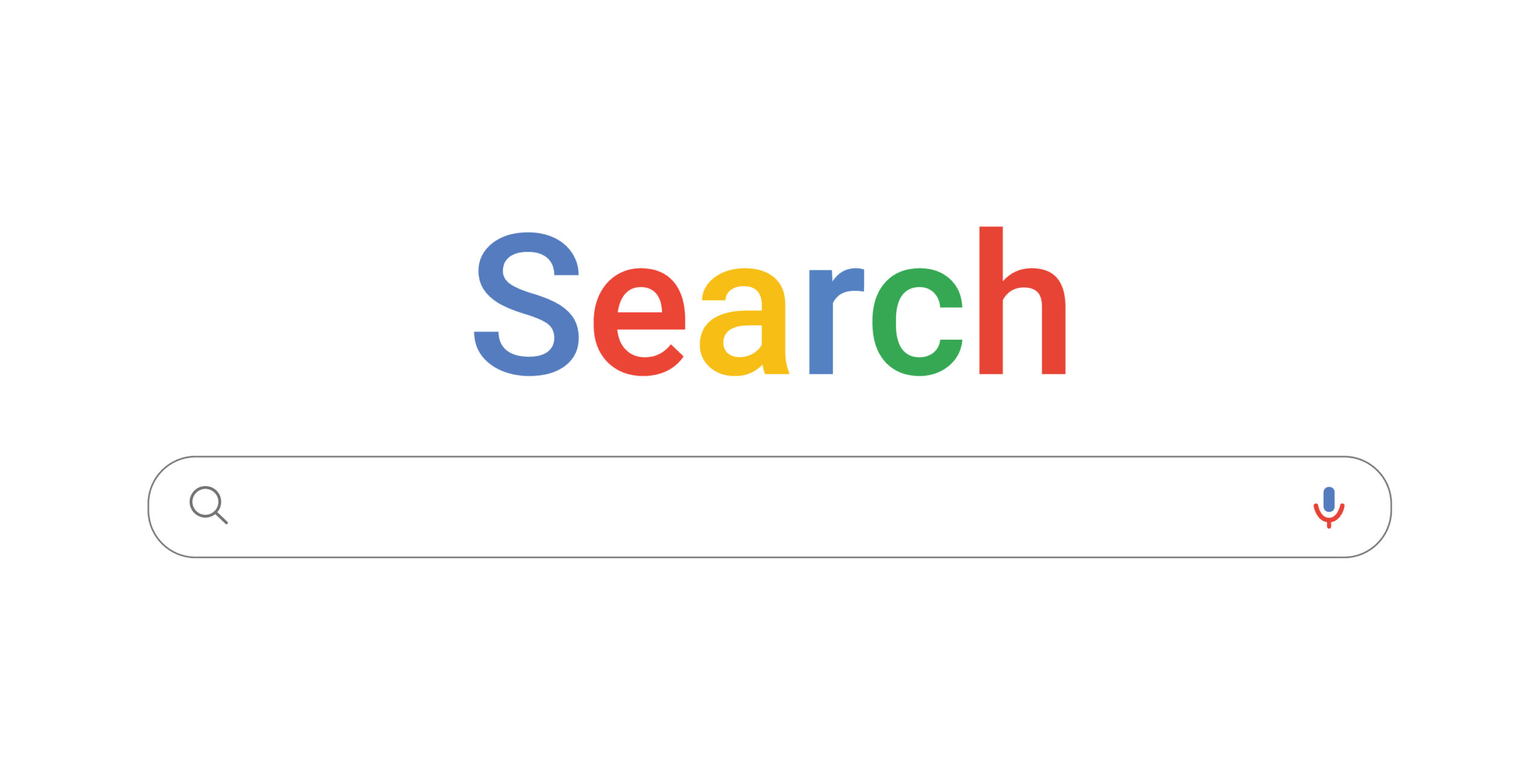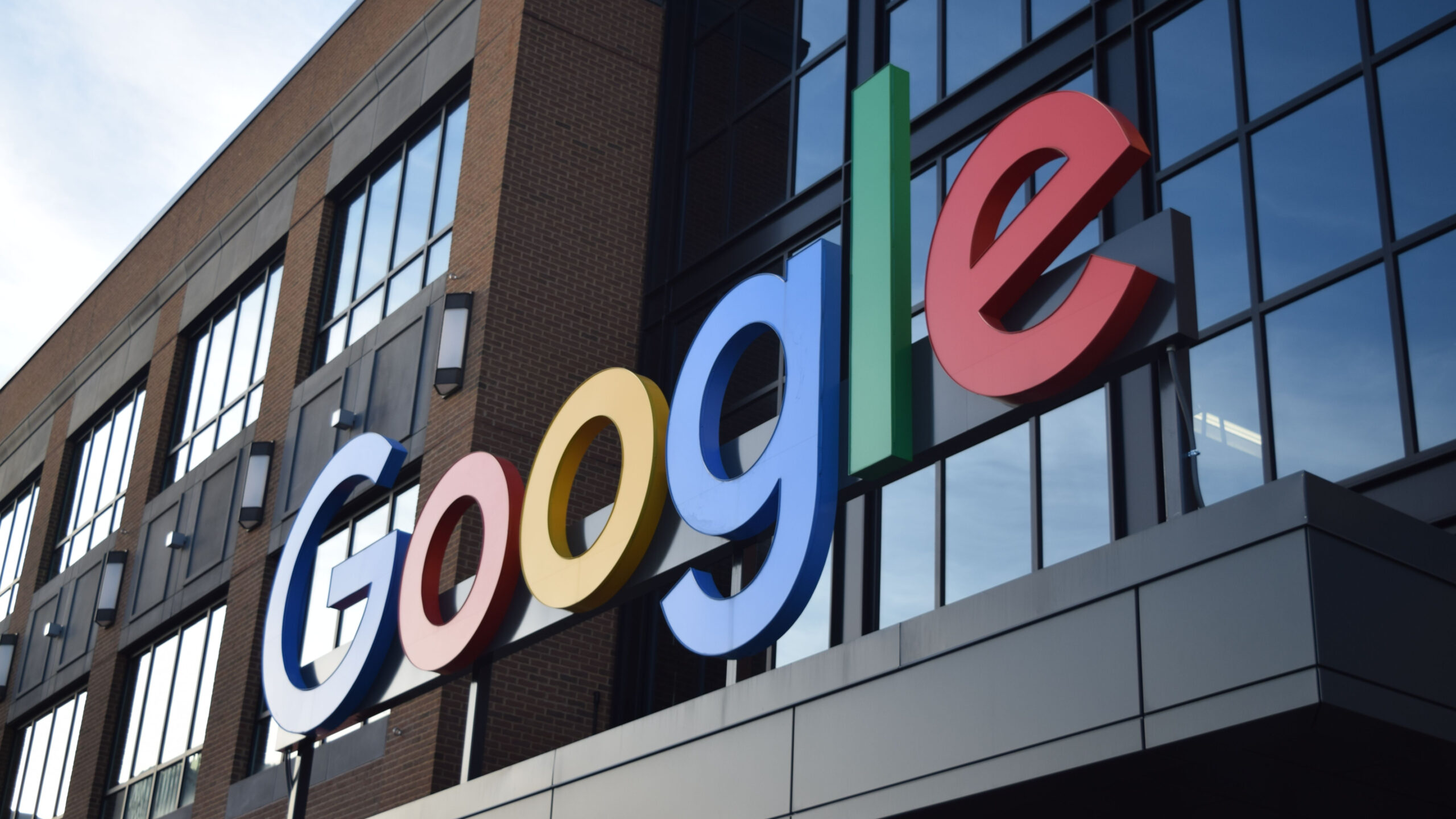Oracle v. Google at the Federal Circuit Round Two: Transformativeness and Trial Talk
As Jon previewed on Monday, today the Court of Appeals for the Federal Circuit held the latest round of oral arguments in the long-running Oracle v. Google case. Readers will recall Oracle appealed after a jury, presided over by Judge Alsup, found Google’s use of Java APIs in Android to be fair use. This appeal, therefore, urges the Federal Circuit to second-guess the jury’s fair use determination.
Oracle’s arguments generally tracked its primary and reply brief, which argue that Google should not have been able to prevail on a fair use defense as a matter of law, calling for a new trial. Similarly, Google’s arguments followed from its opposition brief, which argued that the jury’s interpretation of the fair use defense was reasonable.
Oral argument focused considerably on the fact that the jury’s verdict which Oracle seeks to overturn was “a black box.” In a fateful decision, Oracle and Google agreed to present the jury with a verdict form that simply asked it to assess liability, rather than, for example, a specialized breakdown of the various elements of the fair use decision. Thus, the jury’s decision can only be evaluated in its entirety. As Judge Plager commented to Oracle’s counsel, “we can fantasize about what the jury did as well as you can.”
Because copyright fair use is decided by an open-ended, multi-factor four-prong test (explained further by Jon here), where no one factor is determinative, Oracle is in the unenviable position of arguing that no reasonable jury could have found for Google on any of the factors — a conclusion that the trial court already rejected.
Given that fact, it is curious that most of the oral argument focused on the question of transformativeness. Transformativeness is relevant to the first fair use factor, which assesses the purpose and nature of the work. The first factor, in turn, is often significant in fair use analyses. And yet, due to the “black box” nature of the verdict, Oracle might succeed in establishing Google’s use wasn’t transformative, and still lose on the first factor. Further, even if one assumed for the sake of argument that Google ought to lose on the first factor, a reasonable jury could nevertheless still rule in favor of Google.
Transformativeness is helpful for proving fair use, but not for disproving it. There are many cases where a defendant’s use of a work is deemed not transformative, and yet the defendant still prevails. As the Supreme Court noted in the Campbell “2 Live Crew” case, “transformative use is not absolutely necessary for a finding of fair use.” In short, Oracle cannot successfully invalidate the jury verdict by establishing it got something wrong; it has to show that it was so overwhelmingly wrong that the error irrevocably contaminated the entire decision. This may be a tall order.
Perhaps recognizing this was an uphill fight, Oracle’s briefing falls back to a secondary position, that the district court improperly excluded evidence from trial, claiming that the exclusion of certain evidence was unfairly prejudicial abuse of the trial court’s discretion. Oracle had wanted to present evidence about certain device implementations of Android, in an effort to illustrate financial harm to Oracle, but in a choice driven by complex trial management, Judge Alsup refused.
Oracle renewed these claims at argument, which Judge Plager suggested was what Oracle should have led with. This comment seems to cut both ways: it disparages Oracle’s fair use argument, but it also suggests Oracle’s evidentiary complaints might have found favor, at least with Judge Plager. Again, however, even if the evidence excluded was prejudicial to some fair use factors, it doesn’t necessarily follow that those factors’ outcomes — which only the jury knew — would have been dispositive to the ultimate ruling. It remains to be seen whether Oracle established the existence of so much doubt that the entirety of the jury’s decision must be discarded.








